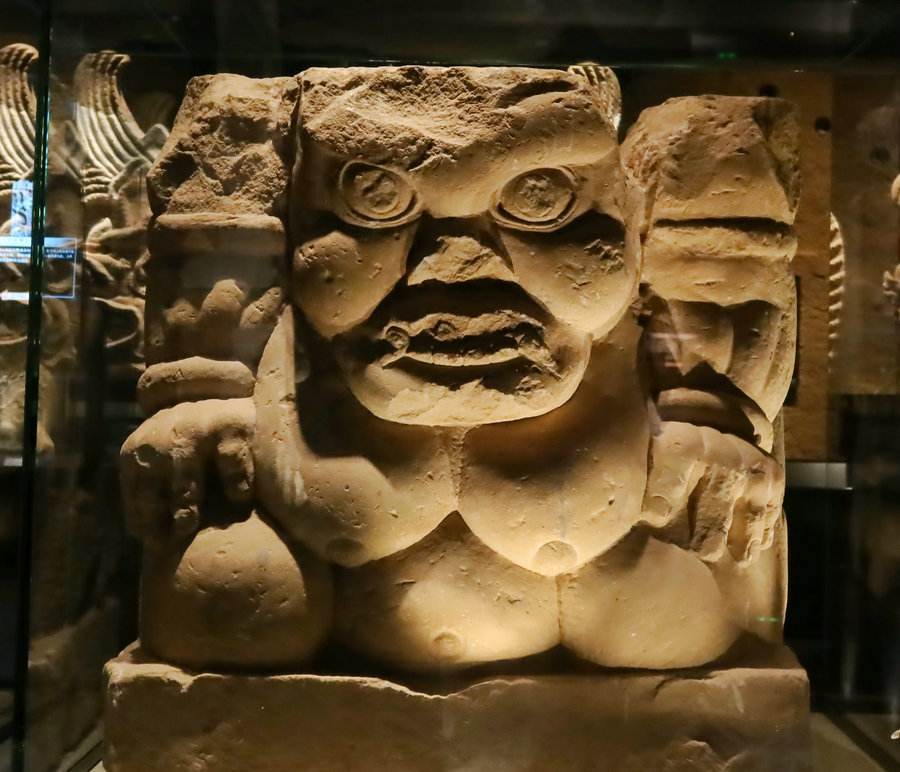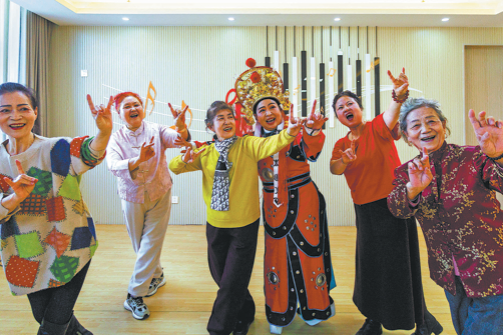Mounds claim their rightful place in history
Researchers piece together a fascinating tale to shed light on an exceptional saga, Wang Kaihao and Wang Ru report in Yinchuan.


Nonetheless, as experts point out, the imperial tombs follow traditional Chinese geomancy, feng shui.
The relatively elevated proluvial fans covered with gravel and coarse sand lead to good drainage conditions. The towering Helan Mountains serve as a natural shelter for the tombs.
"Through archaeological studies, we can see the layout and design of Xixia Imperial Tombs absorb many elements from Tang (618-907) and Song dynasties," Chai says. "It also has its own features."
For example, Xixia people used pagodas to replace the shrines, which were often seen in Tang and Song mausoleums to honor the tomb occupants' souls.
"Xixia people adopted many traditions from other Chinese dynasties," Chen agrees. "But they displayed their creativity in details."
Xixia founding ruler Yuanhao's creation of Tangut script, whose formation basically followed that of Chinese characters, is an example of Chen's views. Xixia also honored Confucius as "an emperor" and became the only dynasty known to do so in Chinese history. That move thus gave a great impetus to the development of Confucianism within its rule.
Perhaps, the design of the imperial tombs is yet another proof.
























